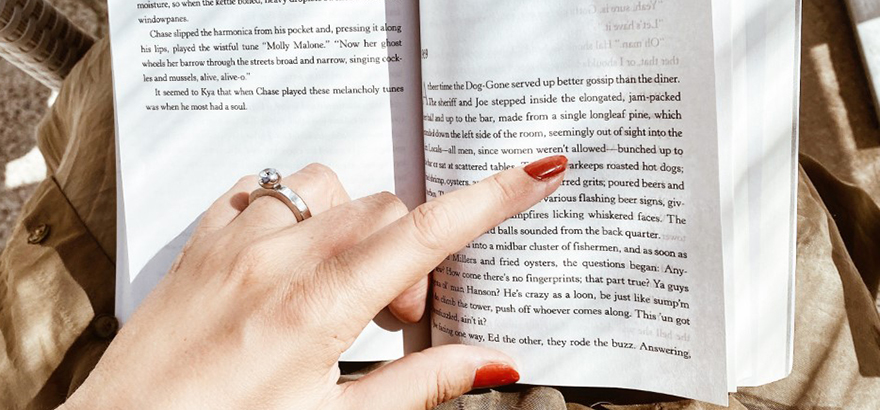
Girl, Woman, Other by Bernardine Evaristo (Penguin Random House UK, 2020)
I’ve finally finished Woman, Other (winner of the Booker Prize 2019). What I most liked about it was… the epilogue! I’m aware of the fact that I’m not making myself very popular right now as the book is praised by so many. And I would love to love it and join the choir of awed readers. But… things just can’t be forced.
Where the shoe pinches
The book is divided into twelve stories, each with its main character, and every three stories form a chapter. Since the characters are interconnected, the stories are too, which is a brilliant, engaging arrangement. However, it’s not an easy task. In order to pull it off, the characters need to connect with the reader on a deeper level and this is where the shoe pinches.
Of the twelve characters, ten of them inspire not only indifference, but even annoyance in me. I only sympathised with the elder women, Penelope and Hattie, who both reappear in the epilogue. The portrayal of the two is absolutely brilliant! They have the depth and the complex, multilayerad personality that makes them come alive and appear human before the reader.
The other characters simply lack this ease and credibility. Their interventions in dialogues are stiff, with lines that appear to come straight from gender equality and feminism movements’ pamphlets, spitting out catch-words instead of proper conversation. Also, each character gives the impression of representing a particular cause or group, not diverse, complex personalities. Needless to say, this makes them superficial, uninteresting and even hollow.

Lighthearted trauma
All the characters have been through real misery in their lives, regardless of their age and circumstances. We’re talking abuse, violence, segregation, suicide, drugs… However, none of these are treated in an appropiate way. On the contrary; they are referred to in a rather carefree and nonchalant manner. There is no room for dealing with traumas in Girl, Woman, Other; Evaristo simply mentions them, in passing, spicing up her characters with hardship, only to let it vanish by itself (?), instead of gripping it, turning it inside out, making her women face it.
I sense the underlying ambition in presenting a diverse range of black women’s voices, in depicting their distinct class struggles, age, geographic birthplace. They all do their best to live, cope and survive in a white dominant society culture. Even so, I miss the depth. The humanity. The sisterhood and the sense of community. Women empowering power.
Penelope and Hattie
The two stories about the elderly Penelope and Hattie, in addition to the epilogue, reveal that Evaristo’s writing can be sharp, brilliant and spot on. If the whole book were like these three parts, it would be outstanding! She treats the two women with warmth, compassion and respect. No patronising, no sugar coating — and no indulgence. Penelope and Hattie are formed by their generation and their choices they’ve made (and those made for them). They have nothing left to prove and their accurate observations are documented without filter, resulting extremely comical.
Below is an excerpt from Hattie’s story. The (lack of) punctuation and structure are transcribed as written in the novel.
when her family do make it up the hill on two legs or four wheels, there's the brief honeymoon period before the drinking starts they pile into the house in their party clothes: dresses showing off knees that should've gone undercover a long time ago, bellies spilling over belts, the younger ones wearing outfits so tight you can se their hearts beating newborns in swaddling blankets are thrust into her arms for photographs, the parents looking anxiously as if she's going to drop down dead while holding the baby




